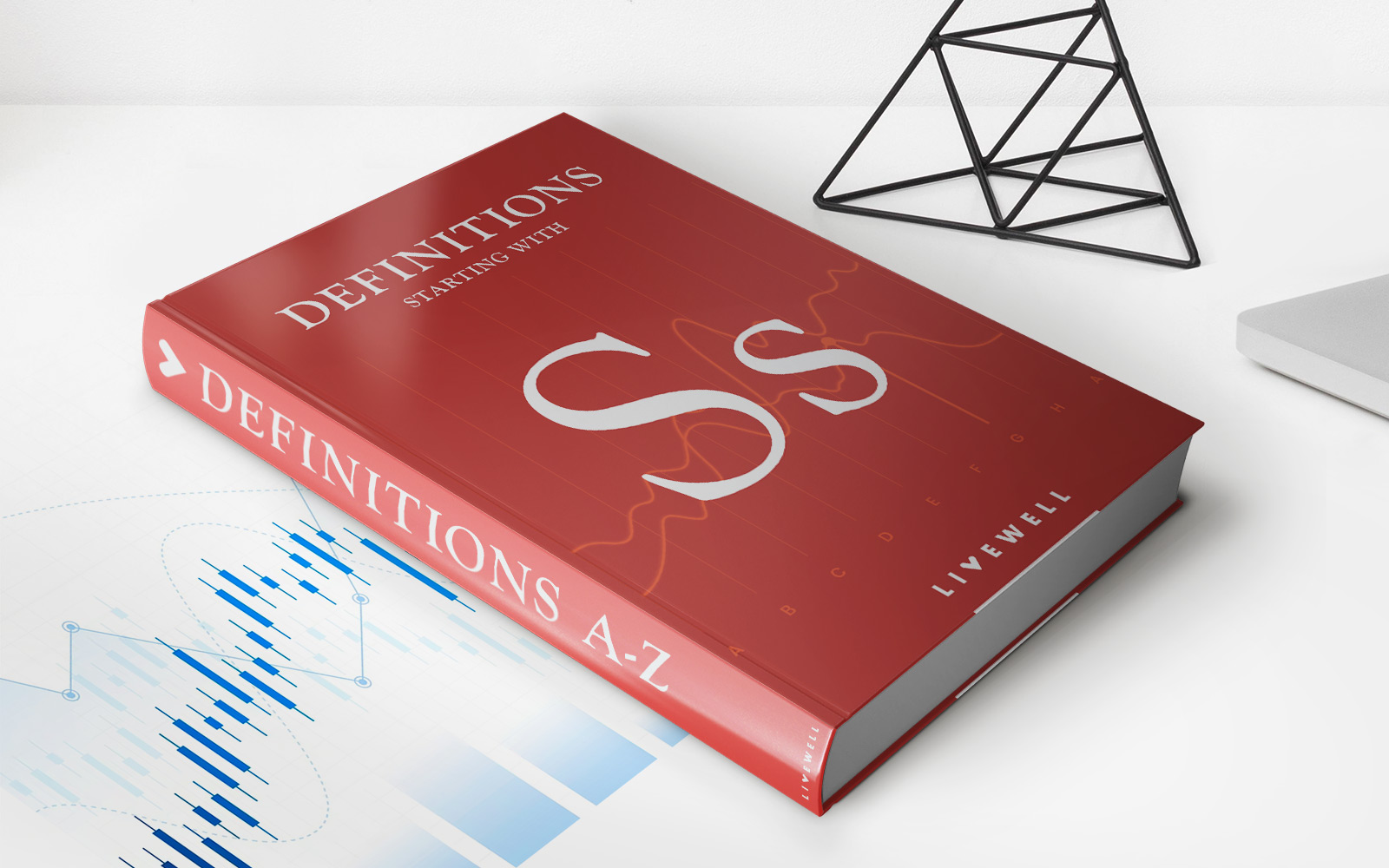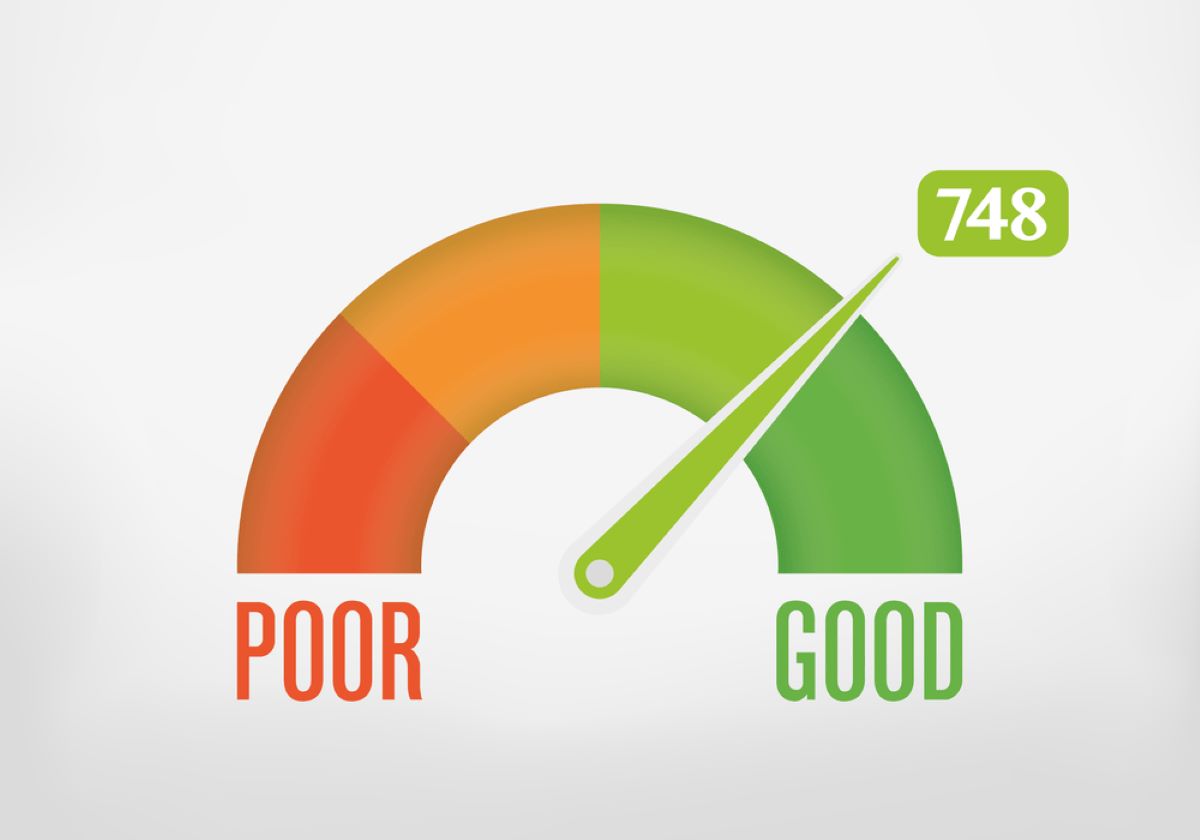

Finance
Small Order Execution System (SOES) Definition
Published: January 30, 2024
Learn about the Small Order Execution System (SOES) in the field of finance. Understand its definition and significance in the world of trading.
(Many of the links in this article redirect to a specific reviewed product. Your purchase of these products through affiliate links helps to generate commission for LiveWell, at no extra cost. Learn more)
Understanding the Small Order Execution System (SOES) in Finance
Finance is a complex and ever-evolving world, and to navigate it successfully, it’s essential to stay up-to-date with the latest industry jargon and concepts. One such term that you might have come across is the Small Order Execution System (SOES). In this blog post, we will delve deeper into the SOES definition and shed light on its importance in the world of finance.
Key Takeaways:
- SOES is an automated trading system that facilitates the execution of smaller-sized orders in the stock market.
- It was introduced in the early 1990s to provide smaller traders with improved access to liquidity in fast-moving markets.
So, what exactly is the Small Order Execution System (SOES)? In simple terms, SOES is an automated trading platform that enables the execution of smaller-sized orders in the stock market. It was introduced in the early 1990s as a response to the increasing popularity of day trading, which involved traders making numerous small trades in a single day.
Before the advent of SOES, smaller traders often faced challenges in executing their orders efficiently. They were at a disadvantage compared to larger institutional investors who had access to more sophisticated trading technology and better liquidity. SOES was designed to level the playing field by providing smaller traders with improved access to liquidity, allowing them to execute trades quickly and at competitive prices.
Here are a few key features and benefits of SOES:
- Liquidity: SOES helps ensure that there is sufficient liquidity in the market for smaller-sized orders.
- Automation: The system operates on an automated basis, allowing for faster and more efficient execution of trades.
- Fast Execution: SOES is known for its speed, ensuring that orders are executed as quickly as possible.
- Competitive Pricing: By providing access to multiple market makers, the system helps achieve competitive pricing for smaller orders.
It is important to note that while SOES initially aimed at benefiting smaller traders, its relevance has diminished in recent years. With advancements in technology and the rise of electronic trading platforms, smaller traders now have access to a wide range of tools and strategies that were once reserved for institutional investors.
In conclusion, the Small Order Execution System (SOES) is an automated trading platform that enables the execution of smaller-sized stock market orders. Its introduction in the 1990s helped level the playing field for smaller traders, giving them improved access to liquidity and faster execution. While SOES’s significance has diminished, it remains an important part of the history and evolution of trading systems in the finance industry.














